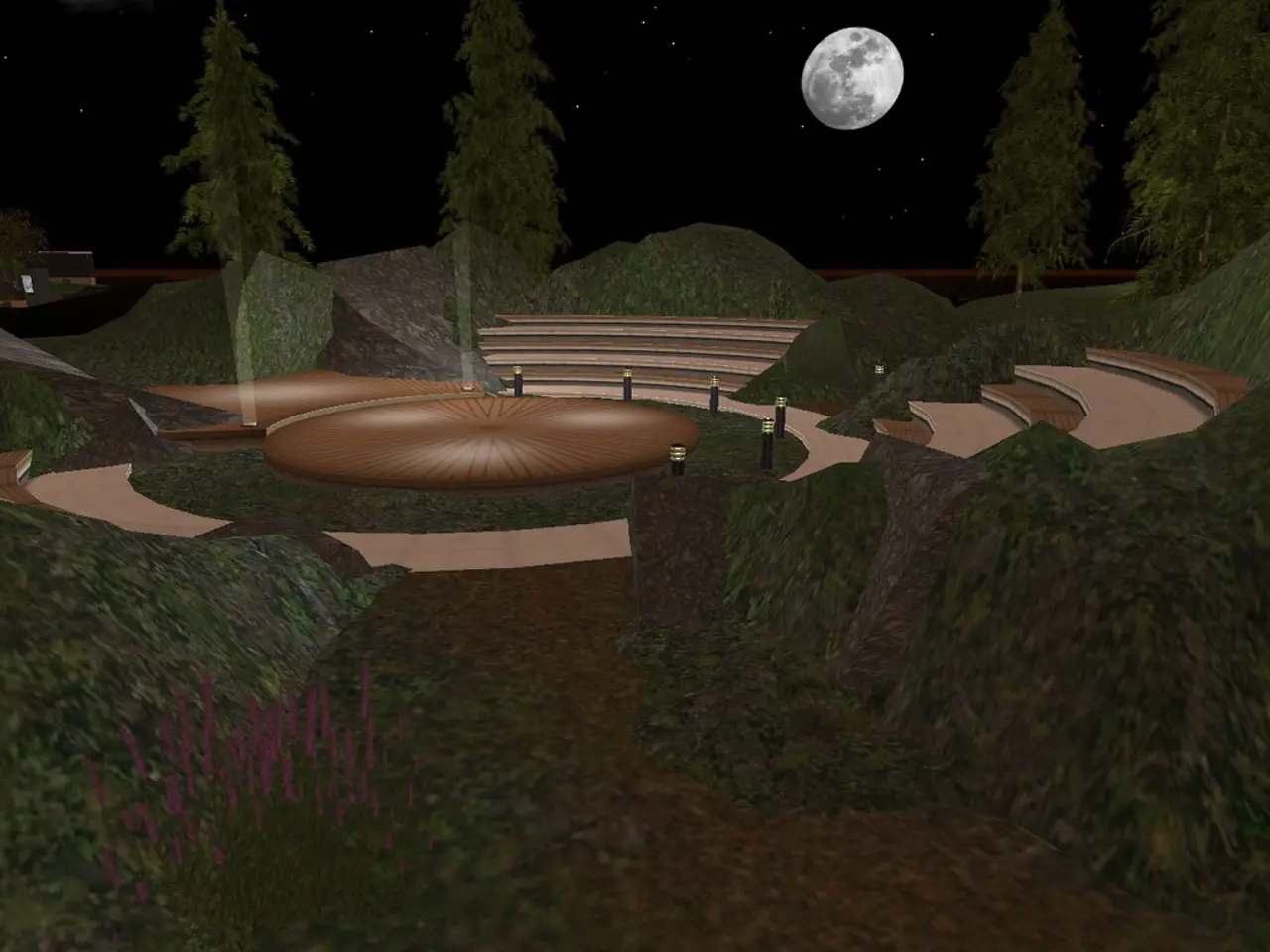Practical Advice for Astrophotography Newcomers
Astrophotography, the art of capturing the night sky, can be a rewarding and awe-inspiring hobby. Here are some practical tips to help you get started.
Location Selection
Choosing the right location is crucial for capturing stunning astrophotography images. Aim for a site that is at least 60 to 100 miles away from urban light pollution, ideally at higher elevation. Utilise apps like Star Walk or Google Sky Map to plan your shoot by moon phase and constellation visibility. New moon phases are best for capturing stars, while full moons highlight lunar details. Check the weather and air quality for clear skies. National parks, open fields, and remote mountain areas often have clear, dark skies.
Essential Gear
Start with a DSLR or mirrorless camera with manual settings. A wide-angle lens with a fast aperture (f/2.8 or wider) is ideal to capture more sky and light. A sturdy tripod is essential to stabilise long exposures; use weight bags if windy. Additional helpful gear includes extra batteries and a red-light headlamp.
Camera Settings
Use manual mode. Open the aperture wide (low f-number), set ISO between 1600-3200 for brightness, and shutter speed between approximately 15 to 30 seconds depending on star trails and light conditions. Manual focus set to infinity ensures sharp stars. Shoot in RAW format for better editing flexibility. Use remote shutter release or the camera's built-in timer to reduce shake.
Post-processing Techniques
Begin with stacking multiple exposures to lower noise while preserving detail. Apply noise reduction and sharpen stars, then adjust contrast, exposure, and colour carefully to maintain a natural night sky appearance. Software such as Luminar Neo is recommended for ease and effectiveness. Processing can also compensate for minor framing or exposure issues.
Additional Tips
Gradually upgrade your gear, learn your camera’s settings like exposure length, gain, and offset especially if using dedicated astrophotography cameras. Planning your shoot for optimal conditions, patiently experimenting with settings, and repeatedly practicing yield the best learning and results.
Experimenting with different colours or light sources can create unique effects in light painting. The 500 Rule is a simple formula to avoid star trails caused by Earth's rotation, with the formula being 500 divided by the lens's focal length. Stability is key in astrophotography, so using a tripod is essential for beginners.
With these tips in mind, you're ready to embark on your astrophotography journey. Happy shooting!
[1] Star Walk [2] Google Sky Map [3] Weather Underground [4] Clear Outside [5] Dark Site Finder [6] Light Pollution Map [7] Stellarium [8] Sky Guide [9] Star Walk [10] Sequator [11] DeepSkyStacker [12] Luminar Neo
Incorporating technology tools like Star Walk and Google Sky Map to plan for ideal astrophotography conditions can help identify dark sky locations and predict visibility of different constellations and moon phases. To complement your camera setup, a red-light headlamp could be a vital lifestyle addition for maintaining night vision after dark. Embracing science advancements such as light painting can lead to unique and vibrant astrophotography effects.




